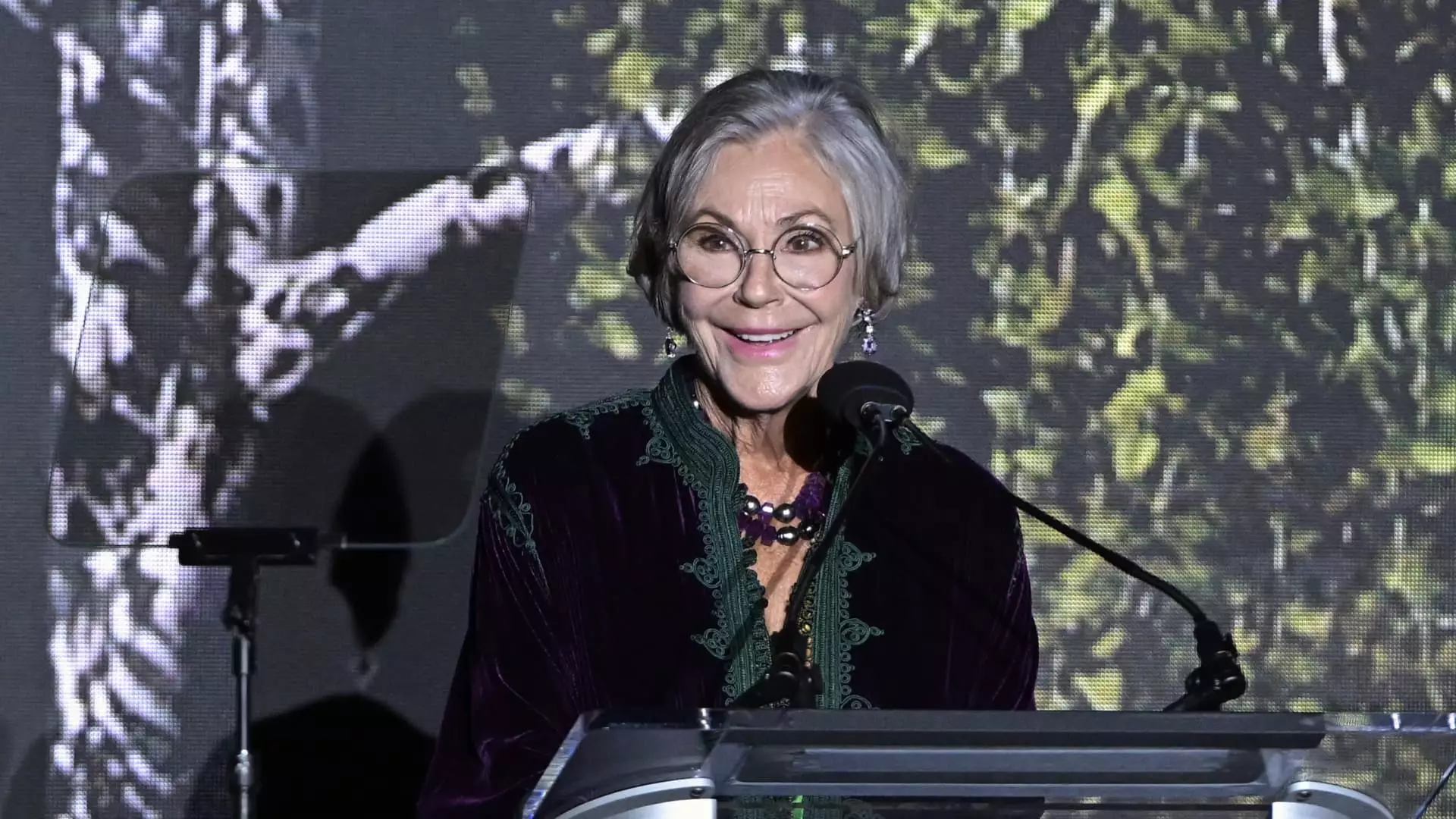As the world witnesses a notable shift in wealth distribution, women are increasingly claiming their space in the upper echelons of financial power. While historically underrepresented in wealth accumulation, recent trends reveal a gradual but significant growth of women among the billionaire class. Notably, a recent report highlights that out of 3,323 billionaires globally, 13% are women—an increase that reflects evolving social dynamics, economic opportunities, and philanthropic tendencies within this demographic.
Women in the Billionaire Class: A Closer Look
At first glance, the statistic that only 431 out of 3,323 billionaires are women might suggest limited progress. However, the significance lies not solely in numbers but in the trends that accompany them. The inclusion of women in this elite group is not purely a function of entrepreneurship; rather, it is predominantly influenced by wealth inheritance. The report indicates that three-quarters of female billionaires inherited part or all of their wealth, a stark contrast to just 5% of their male counterparts. This discrepancy raises questions about the societal structures that dictate pathways to wealth for each gender.
The concept of the “Great Wealth Transfer,” projected to hand over up to $30 trillion to women in the next decade, signifies an impending shift in wealth ownership that could further alter the landscape of financial power. As women continue to inherit wealth, it challenges traditional norms and encourages a rethinking of how financial resources can be mobilized for societal benefit.
A notable distinction between male and female billionaires is their philanthropic engagement. The report emphasizes that nearly 20% of female billionaires dedicate most of their professional time to nonprofit and social causes, dwarfing the 5% figured among male billionaires. This trend can be attributed to inherited wealth, which historically correlates with a propensity for charitable endeavors. Women often possess a stronger inclination toward social justice and welfare initiatives, indicating that their wealth is frequently viewed through a lens of social responsibility rather than mere accumulation.
This philanthropic orientation also shapes their investment strategies. Female billionaires tend to have a higher allocation of their portfolios in private holdings and cash compared to their male counterparts, who favor stock investments and more volatile assets often associated with technology. This difference underscores a broader financial philosophy that prioritizes stability and social impact over high-risk, high-return ventures.
Analyzing the wealth portfolios of female billionaires reveals notable distinctions compared to their male peers. Women are 1.5 times more likely to invest in luxury real estate valued at over $10 million and exhibit a preference for art. Conversely, male billionaires tend to gravitate toward luxury “toys,” including yachts, private jets, and high-end cars—illustrating divergent interests and values.
The divergence in spending habits extends to leisure activities as well. For women, philanthropy takes center stage as a primary interest, whereas men often cite sports as their top pastime. This difference unveils not just personal preferences but also profound societal implications regarding how gender influences the allocation and purpose of wealth.
The ascent of women in the billionaire class signals more than just a shift in wealth distribution; it embodies a broader transformation in cultural attitudes towards gender and wealth. As women increasingly inherit and strategically manage substantial fortunes, they are redefining what it means to occupy spaces traditionally controlled by men.
Going forward, the intersection of wealth, philanthropy, and social responsibility will likely remain pivotal as female billionaires navigate their roles in a changing economic landscape. Whether through strategic investments or impactful philanthropic initiatives, women’s growing influence in wealth dynamics suggests a promising horizon for not only women but also the communities and causes they choose to champion. In this evolving narrative, we must remain observant, acknowledging the growing power of female billionaires and how their unique contributions shape society at large.


Leave a Reply